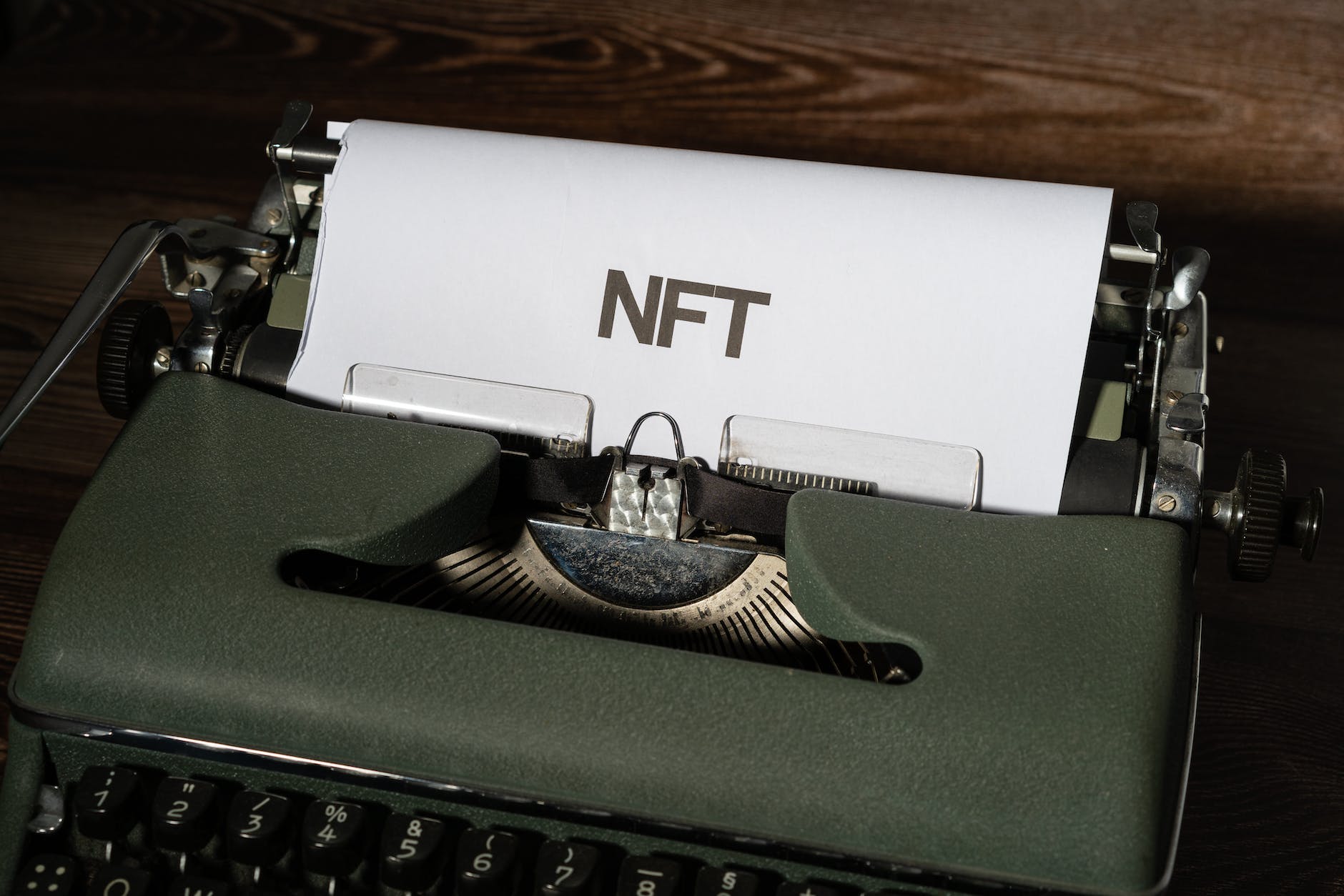After two days of unsentimental negotiation in Kuala Lumpur, American and Chinese officials secured a preliminary trade framework likely to forestall further escalation. US Treasury Secretary Scott Bessent and China’s Vice Premier He Lifeng left the talks with an outline that averts threatened 100% tariffs on Chinese goods and postpones Beijing’s restrictions on rare earth exports for one year.
Washington’s team credits the threat of steep tariffs—an instrument now nominally “off the table”—with compelling Beijing’s cooperation. In exchange, China will ramp up American soybean imports and join efforts against fentanyl trafficking. Minor agreement was found on reducing US port charges for Chinese vessels, reflecting new efforts to dial back commercial friction.
Both sides stress the consensus is only an opening for broader accommodation. Jamieson Greer, the US Trade Representative, said the text is being refined for review by Presidents Trump and Xi when they meet in South Korea at week’s end. The gathering follows months of retaliatory levies that brought tariffs to historic heights, roiling manufacturing and supply chains vital to both economies.
For Beijing, averting stiffer tariffs and sustaining access to US markets is urgent as Chinese exporters face slackening demand. For the White House, the deal offers President Trump a reprieve from the political cost of supply chain inflation, without obvious capitulation. Each side now returns home to steer a tricky path: officials in Washington and Beijing alike must justify modest compromises while preparing their leaders to sign off at a summit staged for maximum attention.









